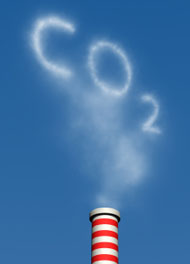 President Obama hasn’t given his big climate speech yet, but the bullet points have been released and I think it’s fair to say that everyone thinks the biggest deal is his executive order telling the EPA to establish carbon pollution standards for both new and existing power plants.
President Obama hasn’t given his big climate speech yet, but the bullet points have been released and I think it’s fair to say that everyone thinks the biggest deal is his executive order telling the EPA to establish carbon pollution standards for both new and existing power plants.
I’ll wait for more details to comment further, except for one thing: one of the key issues here is what Obama’s real goal is. Does he really want the EPA to create new regs? Or does he want to use the threat of new regs as leverage to get Congress to pass a carbon tax of some kind? Probably the former, but you never know. Back when the cap-and-trade bill was being debated in 2010, one reason for guarded optimism was the fact that even Republicans might prefer it to the alternative, which was crude EPA regulation of power plants. In the end, that turned out not to be enough. Republicans apparently weren’t convinced that the EPA would really go through with tough new rules.
But now that changes. If Obama and the EPA are serious, then utility operators are going to get increasingly nervous as the rules work their way through the system and start to look like they’re really going to happen. At that point, will Republicans relent and agree to a bill that sets a carbon tax (or cap-and-trade limits) in return for a congressional halt on new EPA regs?
No one knows, of course. But to me, this is the key issue burbling under the surface of Obama’s announcement today. Are his new regulations just what they seem, or are they really a bargaining chip for a carbon tax? Stay tuned.

















